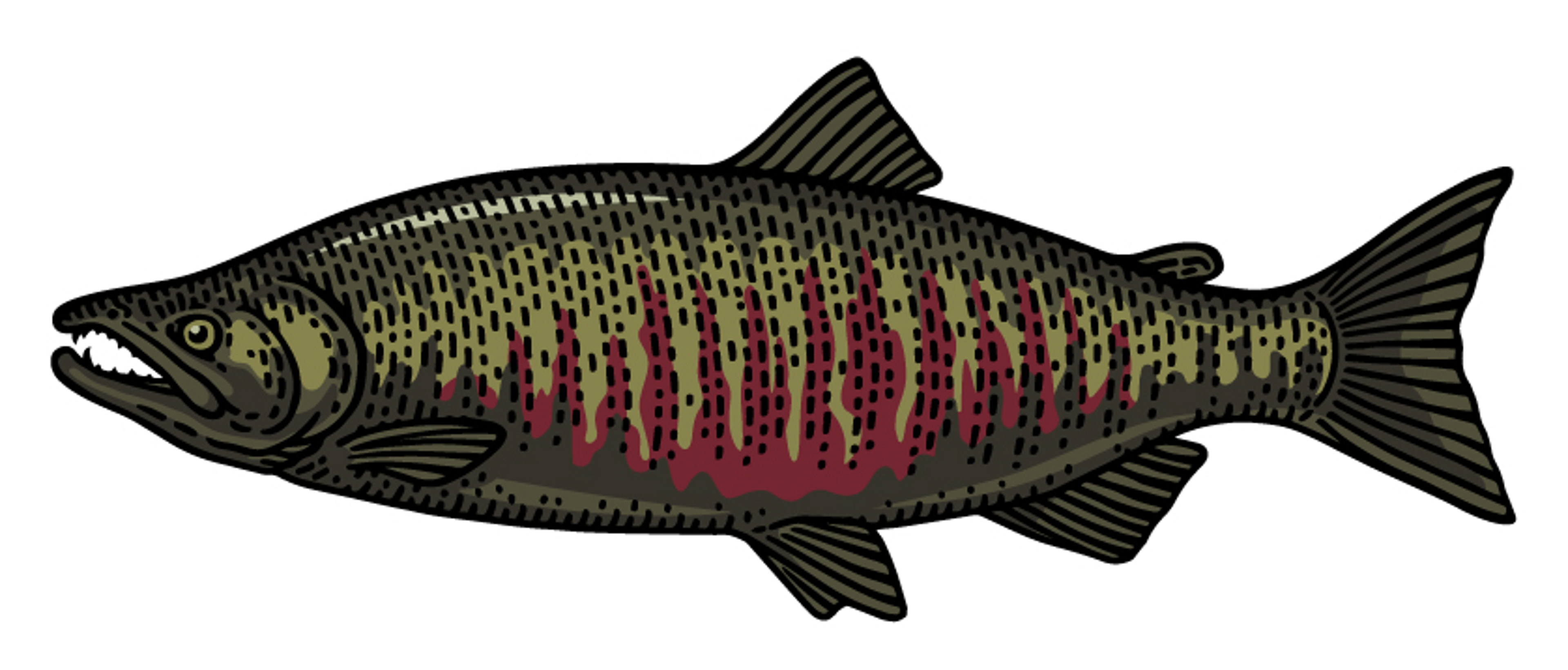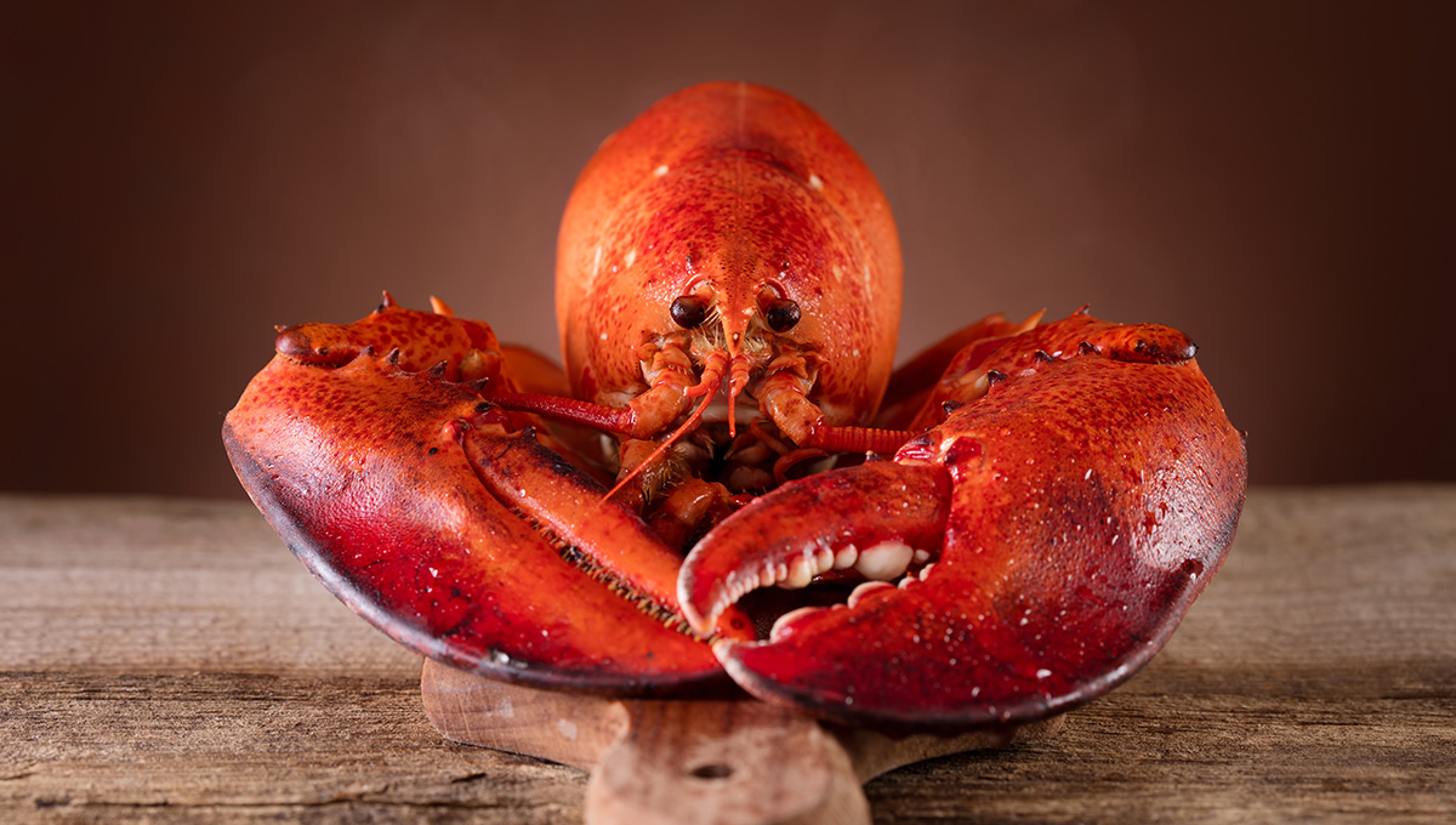Eat Like A Mid-Victorian
Mid-Victorians ate well. We moderns have much to learn from their dietary habits.
May 11, 2022
Today, we understand the dangers of highly processed food, but we don't realize how far back that unfortunate legacy stretches. Processed food began to hurt public health as early as the late Victorian era, that 63-year period from 1837-1901.
But just before, many urban working-class people had a healthier diet than their counterparts today, argued Paul Clayton, a Fellow of the Institute of Food, Brain & Behaviour at Oxford and Judith Rowbotham, a historian at the University of Plymouth.
Analyzing data from mid-Victorian Great Britain, the two noted that if working people were able to avoid infection or injury, they typically enjoyed good health in old age, doing physical work into their 70s, despite the lack of our screenings and medical care. The researchers note "life expectancy at age 5 was as good or better than exists today, and the incidence of degenerative disease was 10% of ours."
Physical exertion kept them lean (a 12-hour day, six days a week was common). They ate more than a modern office or retail worker, but many enjoyed eight to 10 portions a day of fruits and vegetables free of pesticides and much more nuts, legumes, whole grains and omega-3 fatty acids, usually from seafood, than in the modern diet.
In this era, roughly from 1850 to 1880, heart disease, cancer, and diabetes were rare, although the Victorians knew how to identify these illnesses in their later stages. The programs to clean air and water did not become significant until the 1890s, so infection remained the major cause of death. Absent infection, they might have lived longer, healthier lives than we do today.
So…perhaps we should all eat a mid-Victorian diet.
What, precisely, did they eat?
A Victorian diet
“Cockles and mussels, alive alive oh!” Molly Malone, the old ballad contends, sang in Dublin. Along with those cockles and mussels, the urban poor ate herring (commonly called sprats), eels, oysters, and whelks.
Fish - the whole fish, including the head and roe - was a primary protein at the time, especially red herring, which was available fresh in all seasons but summer. Street carts sold fried “little fish” as well was roasted chestnuts and hazelnuts. You could buy uncooked fresh cod or haddock every weekday.
The middle of the 1800s saw rising output from new farming methods and political efforts dedicated to ensuring cheap food. Markets and shops had sprung up in the late 1700s and the country’s new railroads brought produce to the cities. By the 1850s, cities from London and Liverpool to Bristol and Glasgow had consistent supplies of what we’d now call “organic” fruits and vegetables.
Onions, leeks, watercress, Jerusalem artichoke, carrots, turnips, cabbage, broccoli, fresh peas and beans, were all available in season and sometimes year-round. Fruit desserts, made from apples, cherries, gooseberries, and plums, became within reach.
In the East End of London, many households kept hens in their backyards, and a family might have a dozen eggs a week from two hens. Many had meat more than once a week, from a free-range animal. Beans were available year-round.
If you were a successful urban working man (women and children sometimes got less), you might have a breakfast of eggs on Sunday and oatmeal with milk or water during the week, with toasted bread (or more eggs if you owned hens). You could afford a street-food lunch: perhaps a watercress and cheese sandwich, thick vegetable soup, meat pie, fried fish or fruit.
Dinner might be fish (especially on Friday), a curry with leftover meat from a Sunday roast or a kind of meat pudding. There was always fish on Sunday. You might have a late supper as a treat, especially on weekends, of deviled herring roes (fried in cayenne pepper) on toast. You drank beer that was less alcoholic than today’s, and tea.
Rural Victorian diets
In rural areas, life was harder. If you relied on cash wages, you might live on bread and potatoes. Milk was sometimes unavailable even for children. But the poor in isolated areas enjoyed better health than rural workers elsewhere if they were paid in food or had a bit of land, livestock, or access to the sea.
In the uplands and islands of Scotland, for example, people ate oats, potatoes and abundant milk and some meat from household livestock, as well as herring if near the sea. People on the Scottish islands ate large quantities of fish and shellfish, and little processed foods, until the 1930s.
A good number of country dwellers lived into old age. In the poor rural districts of Connaught in the west of Ireland, for example, nearly 20% of people reached the age of 65 or more and some reached 95 or even 100!
Processed food arrives
In the mid-1870s, cheap food imports increased and the urban working class had new choices, but as we see now, the new temptations had a bad effect on their health. Tinned meat arrived from Argentina, Australia, and New Zealand, laden with fat and salt, along with canned fruit in syrup and condensed milk, laden with sugar.
The bump in sugar consumption destroyed the nation’s teeth to the point that by 1900, many people could no longer chew vegetables, fruits and nuts.
The effect of processed food between 1880 and 1900 was so dramatic that by 1904, the government set up a Committee on Physical Deterioration. Working men were shorter than before and did not have their old stamina. Men suffered more than women because they smoked cigarettes and were more likely to get the new treats. Their life expectancy had fallen.
Today, rates of degenerative diseases in our 60s and early 70s are much higher than in Victorian times. “The mid-Victorian experience clearly shows us that degenerative diseases are not caused by old age (the ‘wear and tear’ hypothesis); but are driven, in the main, by chronic malnutrition….With the exception of family planning and antibiotics, the vast edifice of twentieth century healthcare has generated little more than tools to suppress symptoms of the degenerative diseases which have emerged due to our failure to maintain mid-Victorian nutritional standards,” Clayton and Rowbotham conclude.
The lesson for moderns? Eat organic fruit and vegetables, and herring and cod, or seafood generally. And use your muscles, too.







